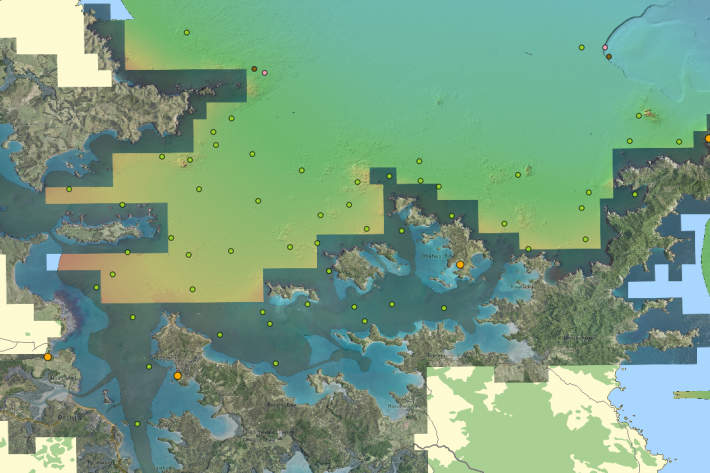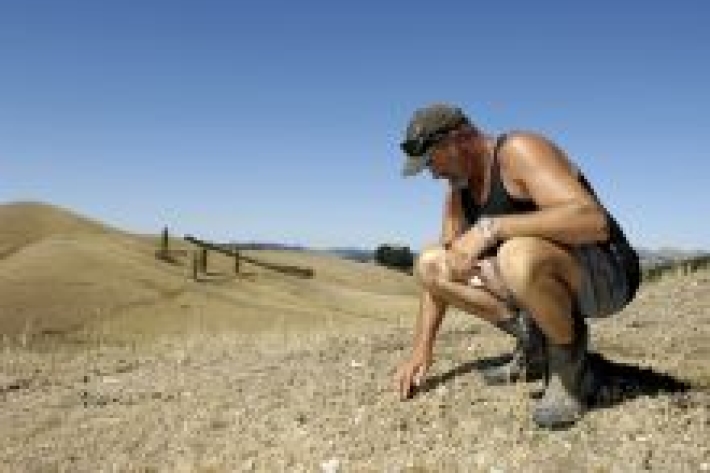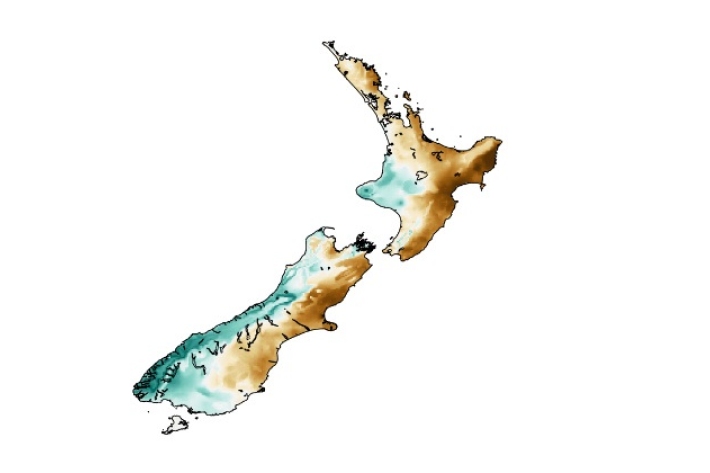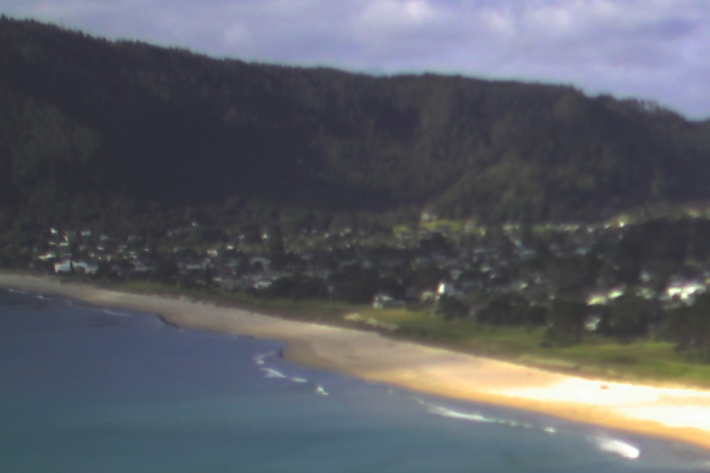-

QGIS
QGIS is a free, open source, desktop mapping tool, widely used in New Zealand in government, research, commercial and NGO arenas. -

Trace gas datasets
ServiceNIWA makes a range of trace gas data freely available on our FTP site. -

Summer Series 8: The forces behind beach ‘foam’
News article06 June 2017 -

Climate change scenarios for New Zealand
Research ProjectProjections of how climate change is likely to affect New Zealand. -

El Niño maps and charts
View a collection of maps showing the impact of past El Niño and La Niña events. -

Cropping activities
The land used to produce crops is usually flat to gently rolling so it can be tilled, sowed, and harvested. -

Sediment and forestry
How may forestry activities increase sediments in waterways? -

Climate stations and instruments
We can supply a wide range of weather or climate monitoring instruments from single parameter sensors to fully equipped and installed climate stations. -
Q&A - Bloomin' algae!
Feature story06 June 2017A hot and steamy summer saw Kiwis heading down to rivers and lakes to cool off. But they weren’t the only ones enjoying the warmer weather – algae had a great time too. -

Lake Ōmāpere and the Utakura River
Tuna harvested from Lake Ōmāpere and Utakura River catchment have long comprised an important fishery for tangata whenua.

